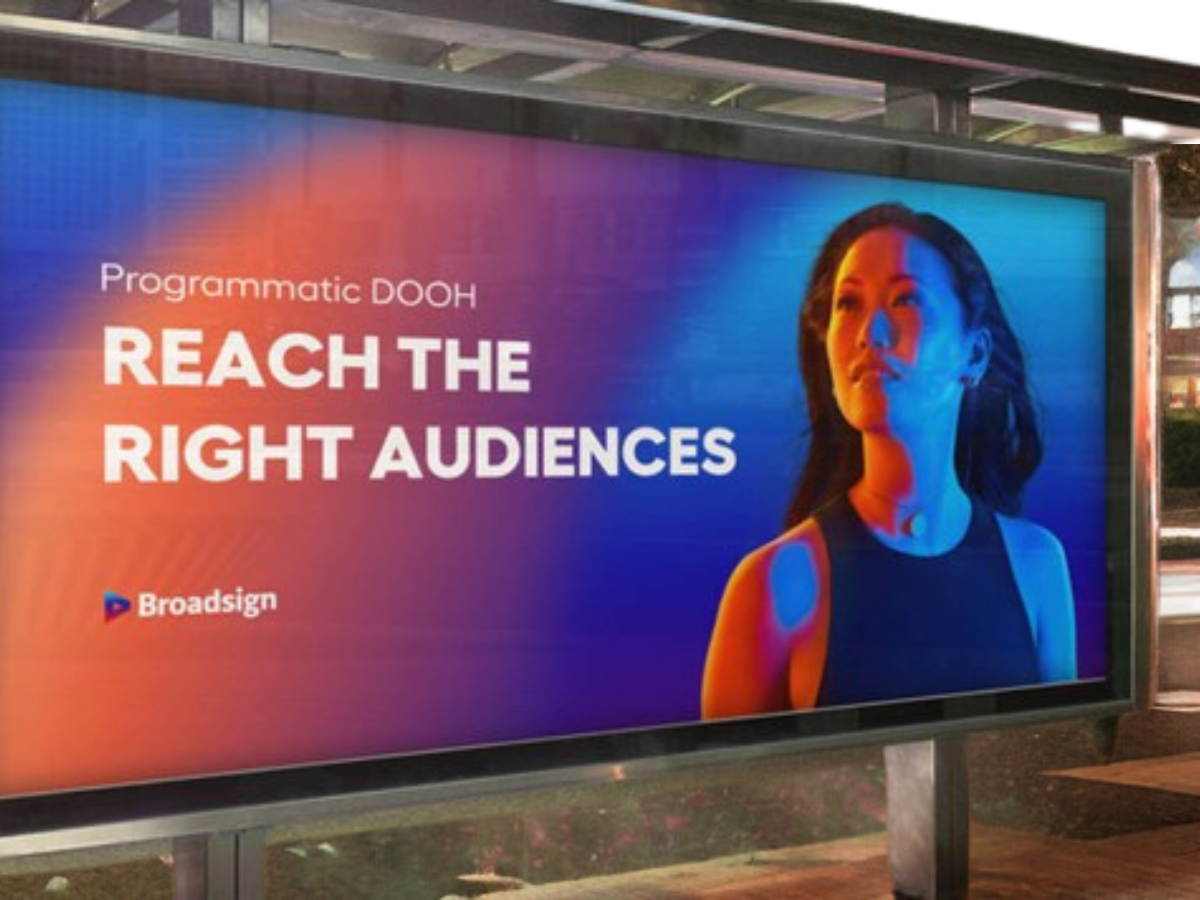The latest Advertising Association / Warc Expenditure Report predicts that the current decline in out-of-home advertising (OOH) will slow for the rest of the year before returning to growth in 2021. While it has undoubtedly been one of the hardest-hit advertising channels as a result of global lockdowns, the report also shows that OOH is forecast to experience some of the largest gains among ad channels next year with digital out of home, in particular, expected to see an increase of 38.7%.
Covid-19 has caused damage to our way of life, and this has had an impact on the media landscape. According to a recent study, the pandemic advanced digital transformation in the UK by more than five years, illustrating firms' drive to stay up with fast changing customer behavior. As the out-of-home industry continues to recover, now seems like a good time to consider its future and what I believe will be the key to its recovery: programmatic OOH. In these uncertain times, when marketers are wanting to get the most out of their advertising expenditures while also being able to pivot campaigns on the run, using programmatic OOH as part of a larger marketing mix could be significant.
Advertisers may pause, pivot, and optimize OOH creative campaigns in the middle of their run with programmatic OOH. This amount of flexibility and control might have a tremendous impact on the efficiency and efficacy of media efforts as we begin to emerge from lockdown and face the actual risk of further localized limitations. The importance of this for both brands and media owners, who would be negatively impacted if advertisers didn’t have this level of flexibility, can’t be overestimated in an uncertain climate.
The pandemic has had a significant impact on the outdoor advertising industry and across the board. The age-old question of whether to sustain ad spending during poor times came to the fore as businesses cut their budgets and in some cases suspended their advertising spending entirely. For those who continued to spend, striking the right balance between maintaining brand awareness and achieving short-term performance goals has been an extremely important consideration.
With almost 60% of us queuing for up to 20 minutes outside supermarkets, according to The Grocer, and with much of this time spent on our mobile phones, it’s clear that consumer behaviors are changing. As a result, media strategies must adapt to them.
According to research by Nielsen conducted in 2017, the impact of mobile advertising is amplified by up to 17% when audiences are exposed to a brand’s OOH campaign. Through the use of geotargeting, movement tracking, retargeting and sequential messaging, brands can make the most of aligning programmatic OOH with mobile. Increasingly, we’re having conversations about the benefits of programmatic OOH within omnichannel campaigns and as it becomes more widespread, brands will see its impact as part of their broader strategies.
In the current context, predicting audience behaviors is very impossible, and it may be a long time before we achieve established habits. With that in mind, now is the time to take advantage of both real-time data and technology to survive in the face of adversity, and programmatic OOH is best suited to capitalize on the predicted opportunities.







